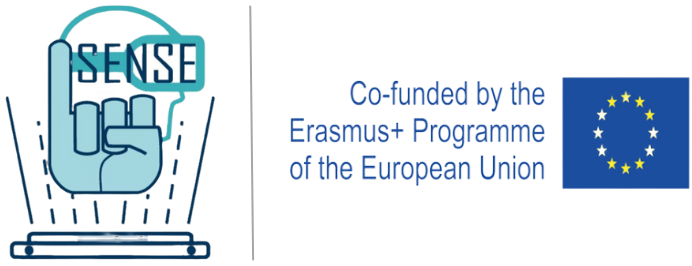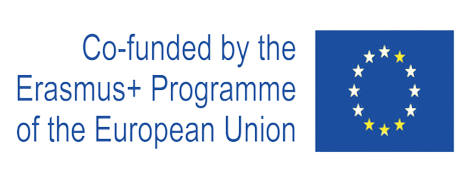WHY DEAFNESS?
According to the World Health Organization, 466 million people worldwide have a disabling hearing loss
and the amount of cost due to the social isolation and the challenges of quality education is estimated to
be 178 billion euros per year.
It is well-known that deaf students need vital support in order to undertake academic studies. However,
several research and reports demonstrated a chronic shortage of vital support in European universities,
leading deaf students to consider abandoning their university courses. In addition, several problems have
to be faced also during the orientation phase. In fact, the universities that have a specific deaf student
orientation guide are still limited and students have to search the needed information only on the
university website. The communication barriers also exist when deaf sign language users try to
communicate with institutions, since almost all people use oral language. In this context, there is a need to
involve sign language interpreters or to provide training of sign language to enable communication with
students who are deaf or hard of hearing.
ISENSE arises from the belief of the importance of deaf students’ autonomy and inclusion in mainstream
education in order to prepare them for the labour market without isolating them from their peers.
WHY ISENSE?
The project aims at implementing supporting services, to be understood as both digital tools and innovative
good practices, based on higher technologies, such as augmented reality and interactive holograms to
assist the students with deafness during their academic life, especially focusing on the university
orientation. In addition, a set of guidelines to support these students during the stage of enrolment and
study, as well as for the entry into employment will be defined.
OUTPUT
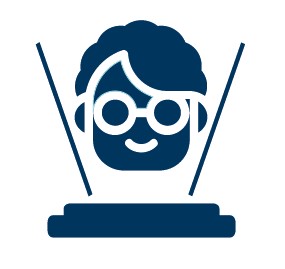
SLAATE – Sign Language in Augmentative Alternative Technical 3D Environment. Holographic and interactive web-based video for University Orientation
SLAATE Sign Language inAugmentative Alternative Technical
3D Environment. Holographic and interactive web-based video for University Orientation (Button to read more: SLAATE is an ICT platform that permits the realization of web-based video to interact with deaf students during the enrolment phase by using holographic approach. The videos will be realized following an innovative digital procedure
and they will be structured to a storytelling of one university for each country involved in the project to make the university
orientation more inclusive and to help deaf students to select the most appropriate university.
Even though, the holographic material will be produced only within the partner of the project, this intellectual output provides the information sufficient to replicate the methodology, which should be considered as an innovative good practice for the counselling of deaf students. A complete holographic installation at the end of the project will be realized at the University of Tuscia, as proof of concept for further steps. Instead, web-based videos will be realized in the five languages involved in the project: Italian, Spanish, German, Polish and Austrian. NB.The acronyms SLAATE reminds to the term SLATE, which is the blackboard used by deaf to learn how writing.
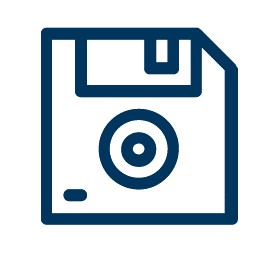
SHARE SLANG – SHAring REpository of Sign LANguage Gesture. Online repository for teaching and learning, including motion data for automatic sign recognition.
SHARE SLANG SHAring REpository of Sign LANguage Gesture. Online repository for teaching and learning, including motion data
for automatic sign recognition. (Button to read more: SHARE SLANG is a public database containing data of the gesture related to sign language in terms of movement analysis file acquired by using optoeletrconic system. This step will
be performed only considering the Italian language and use as preliminary study to make data available for research community involved in the analysis of sign language through artificial intelligence. For example, these data can be exploited to implement automatic movement of avatar. More in general, the repository will contain all the useful documentation found within the project development and realized during the project, as for example the material of the training path included in SONAR.)
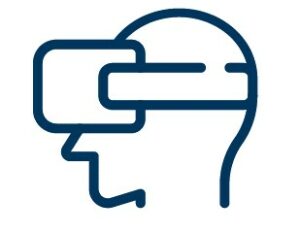
SONAR – SOcial iNclusion through Augmented Reality. Training paths for learning sign language basics in five languages by using augmented reality.
SONAR – SOcial iNclusion through Augmented Reality. Training paths for learning sign language basics in five languages by using augmented reality. (Button to read more: SONAR concerns the realization of specific training path for professors, technicians, familiar and friend aiming at learning the sign language. The common training path performed by skilled operator will be combined with learning scenarios based on virtual and augmented reality scenarios. Specifically, virtual reality will be used to aware on the topic of deafness, making possible to simulate the issues faced by deaf students thorugh emphatic scenarios. In addition, a test in virtual reality will be implemented to test the ability acquired during the training. This training is useful to aware on the topic of deafness all the social community in order to enhance the social inclusion, at least in the university environment, of the deaf. This outcome can be used, in the future, by all the university to train people who wants to learn the sign language. Courses will be realized in the five languages involved in the project: Italian, Spanish, German, Polish and Austrian.)
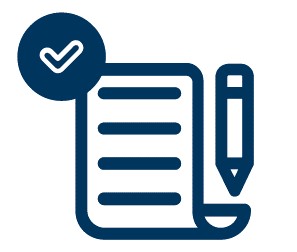
GUI4DE – GUIdelines FOR DEaf. List of good practices for improving accessibility and inclusivity of Universities
GUI4DE- GUIdelines FOR DEaf. List of good practices for
improving accessibility and inclusivity of Universities
(Button to read more: SONAR concerns the realization of specific training path for professors, technicians, familiar and friend aiming at learning the sign language. The common training path performed by skilled operator will be combined with learning scenarios based on virtual and augmented reality scenarios. Specifically, virtual reality will be used to aware on the topic of deafness, making possible to simulate the issues faced by deaf students thorugh emphatic scenarios. In addition, a test in virtual reality will be implemented to test the ability acquired during the training. This training is useful to aware on the topic of deafness all the social community in order to enhance the social inclusion, at least in the university environment, of the deaf. This outcome can be used, in the future, by all the university to train people who wants to learn the sign language. Courses will be realized in the five languages involved in the project: Italian, Spanish, German, Polish and Austrian.)
CONSORTIUM

